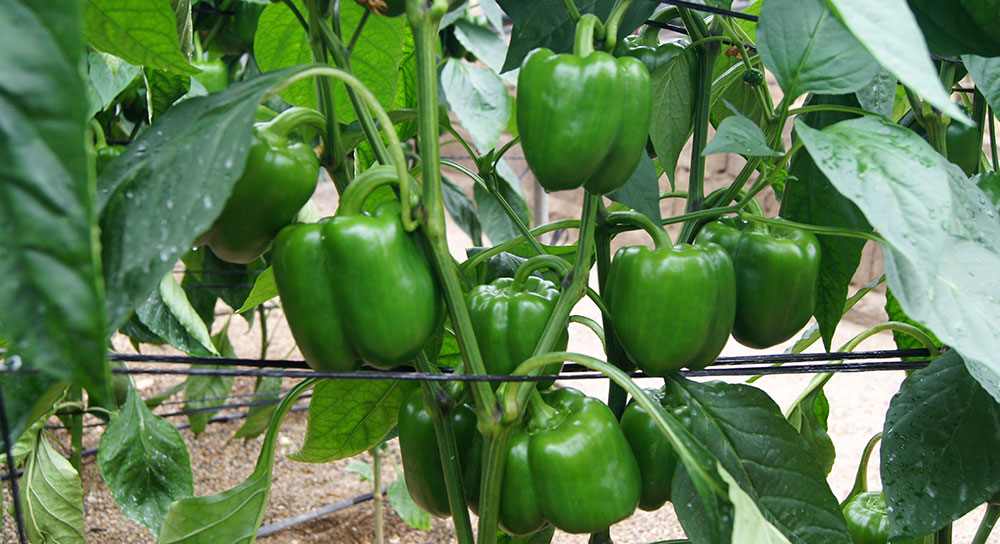Agricultural biostimulants for the fattening of fruits
Achieving the best fattening of fruits in tomato, pepper, cucumber, zucchini, bean, melon, watermelon, eggplant, strawberry, fruit trees, citrus trees, olive tree, grape, as well as other tropical fruit crops … is equivalent to profitability.
Even better, if that fattening of fruits is accompanied not only by caliber, but also by being more compact (better filled), because we will obtain more weight and increase productivity.
Our department of R + D + i has been developing formulated oriented to get JISA products that help the farmer in this matter and as a result are in our catalog of special agricultural biostimulants Engormax and Top-K, two products with proven effectiveness in agriculture producing areas throughout the world.
Engormax: special NK fertiliser with amino acids and chelated calcium
Engormax is a special NK 5-24 fertiliser with amino acid content and chelated calcium.
A soluble solid mixture of nutritional elements together with pure seaweed extract (Ascophyllum nodosum) and amino acids (cysteine, lysine, glycine, etc.), acting as an agricultural biostimulant in the enzymatic activity processes of plants, favoring the synthesis of proteins and of carbohydrates. As a whole they intervene directly in the fattening and filling of fruits.
The contribution of Engormax for the fattening of fruits can be by foliar application taking advantage of other phytosanitary treatments or by root application through irrigation water. The most suitable moments of application are at the beginning of fattening and filling of fruits.
Top K: rich in potassium with osmoprotector effect
Our bio-stimulant Top-K is a NK 3-50 fertiliser with amino acids and potassium it has a fast assimilation with an osmoprotective effect. It’s a specially formulated biostimulant to obtain good results of fattening and ripening of the fruit, because its active materials are rapidly absorbed by the plant.
Its high concentration in potassium stands out, a primary element that favors the activation of cellular respiration processes and the activation of the flow of sap by the phloem. With this we achieve the strengthening of the plant in the face of unfavorable stress and illness situations.
Its osmoprotector effect after the application of Top K in the plant translates into:
- Increase in capacity and photosynthetic efficiency.
- Facilitates the transport of photoassimilates and enzyme formation.
- Improves the quality of the fruits by increasing their coloration, weight and the ºBrix.
The application of Top K for the fattening of fruits can be by foliar application taking advantage of other phytosanitary treatments or by root application through irrigation systems.

Did you know…? Potassium in the plant
The function of potassium in the plant is generically physical-chemical type. This macronutrient is actively involved in stimulating the water content of cells. Therefore its adequate presence in culture is closely related to the fattening and quality of the fruit, indistinctly of the type of crop. It is also related to the permeability processes of cell membranes, inciting in less water loses and therefore a greater conservation of fruits and vegetables, a highly valued aspect when we enter the postharvest phase.
But there is more, for example, it regulates the saline concentration of cellular juices, and it’s also an ‘important player’ in the resistance of the plant against cold. And in this same line, as potassium participates in the reduction of the transpiration speed, it contributes to the plant a plus in its resistance to water stress.
Its synergistic relationship with other mineral elements is important, especially with nitrogen and therefore a fertiliser plan rich in potassium will favor the absorption of nitrogen and vice versa.
And do not forget the important role played by potassium in the production of sugars; it plays a leading role in organoleptic factors of the fruits.


